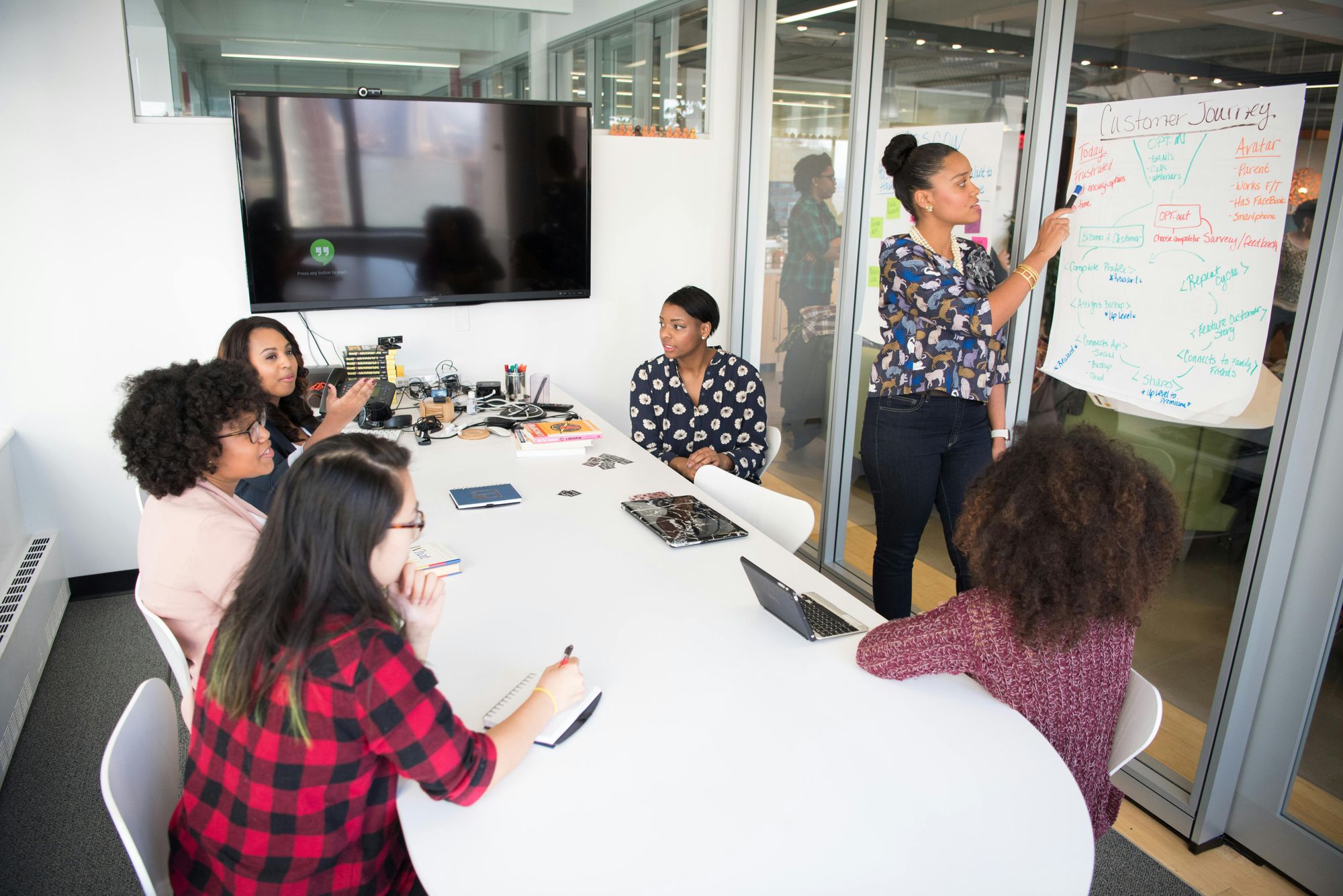Engagement Strategy: The Path to Deeper Connections
Reading Time:
Reading Time:

On the Internet, the good old days weren't that long ago. The world of Web 1.0 in the 1990s offered practically everyone a new platform to showcase their product, service, or opinion. Those who wanted such a presentation were richly rewarded. Those who didn't still got one. In a world dominated by print and broadcast media, the early commercial web provided a new platform for the well-known method of spreading messages in all directions.
Today, things have changed. Web 2.0 software has initiated an evolutionary step in communication, and social media enables two-way communication on the web.
Some simply experiment and expand their networks. Others see it as a new, powerful form of networking: virtual collaboration.
It is definitely a new path in the field of pioneers. For some, it is intuitive, yet many are still struggling with the new paradigm.
Here are a few thoughts to get started, which can help us reach a new level of connectivity on our social media. Consider them as ways to create optimal conditions for more interaction and to open up deeper, more collaborative channels of communication.
The most important insight is: meaningful, communal interaction is free and accessible to everyone. We can connect with people around the world around the clock, without barriers like location and time.
Of course, there are no magic formulas. Building relationships and learning take time and effort.
Meaningful, communal interaction in the digital age requires intentional effort to cultivate openness, trust, and vulnerability. This willingness to remove mental filters and engage in a genuine "give and take" exchange is the true path to deeper connections and successful virtual collaboration. This framework is a powerful metaphor for internal organizational dynamics. Just as the social web thrives on shared values, IceHrm's communication and engagement tools are designed to foster this same collaborative environment within a company. By encouraging employees to trust in not knowing (fostering a learning culture), embrace the risk of open exchange (promoting honest feedback), and actively share value, organizations use their HR technology to systematically create the safe, equitable, and passionate community necessary for deep, continuous learning and growth.


